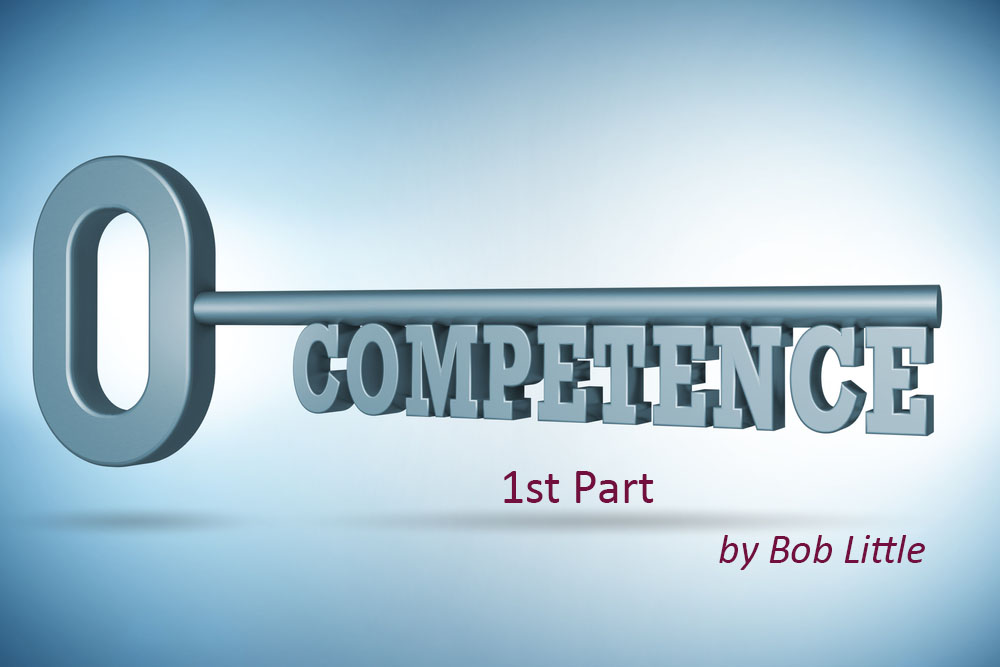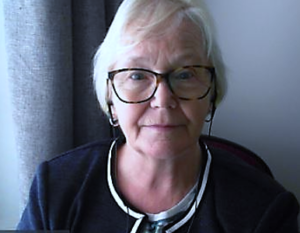The way hybrid workforces are now being managed encourages organisations to revisit competency management. Moreover, with modern advances in technology and data analytics, organisations can use competency definitions and frameworks to guide them through the challenges of change management and performance improvement.

Building a culture of compliance is a core part of any modern learning and development (L&D) strategy but, believes Linda Steedman, Chair of eCom Learning Solutions, one of the UK’s leading digital learning and assessment specialists, it’s important to agree the terminology – and its meaning – that your organisation will use.
Linda explained, “Many words – such as ‘attainment’, or even ‘competence’ and ‘competent’ – have similar meanings but can be construed differently. Using different terms across systems, processes, teams, and departments can cause confusion. Understanding what you deem to be the minimum level of evidence your organisation is willing to accept to have a person identified as competent is key to ensuring that your competency definitions and resulting framework will be successful.”
Linda advises that, when writing competency definitions, first determine the evidence required. Create a list of the evidence that will determine if a person meets the requirements that someone in their role/learning needs to achieve. Then figure out how they’ll acquire this evidence by identifying tasks, activities, and sets of knowledge in their day-to-day activities. Ask:
• How would a person practice these activities to
improve their performance?
• What programs, policies, and procedures are involved
in generating evidence?
• Are there any pre-determined standards or
accreditation body, legal or government regulations
that apply?
Understanding how to measure 21st century skills performance has become a hot topic since we now understand how important psychological safety is for hybrid working and collaborating with others. As technology takes on repetitive tasks, people are more likely to work in teams requiring 21st century skills such as cooperation, collaboration, communications, and so on. These are becoming known as transferable skills as they can be used in most job roles.
“It’s not unusual these days for people to work on projects in small teams,” said Linda. “In these cases, individual measures are important to quantify because each person makes a big difference to how the project progresses. Evidence is required for two types of measures to get a full picture of the person’s contribution: functional skills and transferable skills. Functional skills are where knowledge and technical skills are assessed by collecting evidence of an individual’s level of capability. Transferable skills are where behaviors and attitudes are evident. This can be more complex – as people have good days and bad days – so using evidence from a single instance might be unfair. As with all competencies, working out what’s expected is key to understanding what type of evidence you’re willing to accept.”

According to Linda, one way to assess these factors is by using the Talent Transformation Pyramid. This holistic model offers a shared vocabulary for discussing the 12 factors that support competencies. It provides a means of evaluating individuals, teams, and organizations to assess their current performance, identify appropriate interventions and determine their readiness for the world of work. Working with this model offers clarity and direction for diagnosing skills deficits, harvesting actionable evidence, improving performance, and optimising organisational effectiveness.
In Linda’s view, the main questions to consider for a job role are:
• What learning experiences are, or need to be made, available?
• Have you expressed the set of values you expect the person to aim to meet?
• Are your processes of review or feedback open and transparent?
• Are individuals prepared to accept and understand expressed emotions?
• Do your support structures underpin your workplace culture?
• Do your support structures support psychological safety?
• Do your reviews identify where complex ideas, planning, reasoning, problem solving and abstract thinking are taking place?
Answering these questions helps identify when and how evidence can be gathered. Focusing on the evidence to be collected can help you discard old practices that don’t provide value and will encourage new, simpler methods that focus on getting results.
Credentials – usually offered by an accrediting body – provide formal recognition of evidence for completing a set of tasks relating to knowledge, skills, abilities and/or behaviours. Informal and formal micro-credentials are becoming popular and can be taken as evidence that a person has met an agreed and approved standard. This might be recognized by a digital badge or in-house certificate for completing a course, or passing a test, signed-off by a qualified individual.
Linda explained that, during the process of tracking individuals’ competence, multiple pieces of evidence will be collected to establish and demonstrate performance. One piece of evidence may be mapped to many competency definitions or their associated individual tasks. Types of evidence are:
• Observations
• Witness testimony
• Certifications
• Credentials
• Performance tests
• Reports
• Publications
• Feedback
• Self-generated notes, blog posts.
• Customer and employee satisfaction surveys,
360 questionnaires
• Financial and production data
• Safety records
“It’s important to create competency definitions and competency frameworks that give reliable results every time,” said Linda. “Your organisation must be confident that using the framework is not just a ‘tick-box’ exercise that brings no value to anyone.”
Once you’ve established a reliable process to gather evidence of competency, you can turn to the rest of the competency framework. This is covered in the next article (“Making a Framework for Competency”).
Author biography

Bob Little PR’s Specialist Re-imaginer, Bob Little is a UK-based writer, commentator and publicist, specializing in the corporate learning industry. Introduced to the corporate online learning technologies industry in May 1990, Bob now works globally. He advises organizations including the digital learning and assessment specialist, eCom Learning Solutions, which creates solutions aimed at increasing learning engagement and driving productivity to help organizations achieve their goals.
